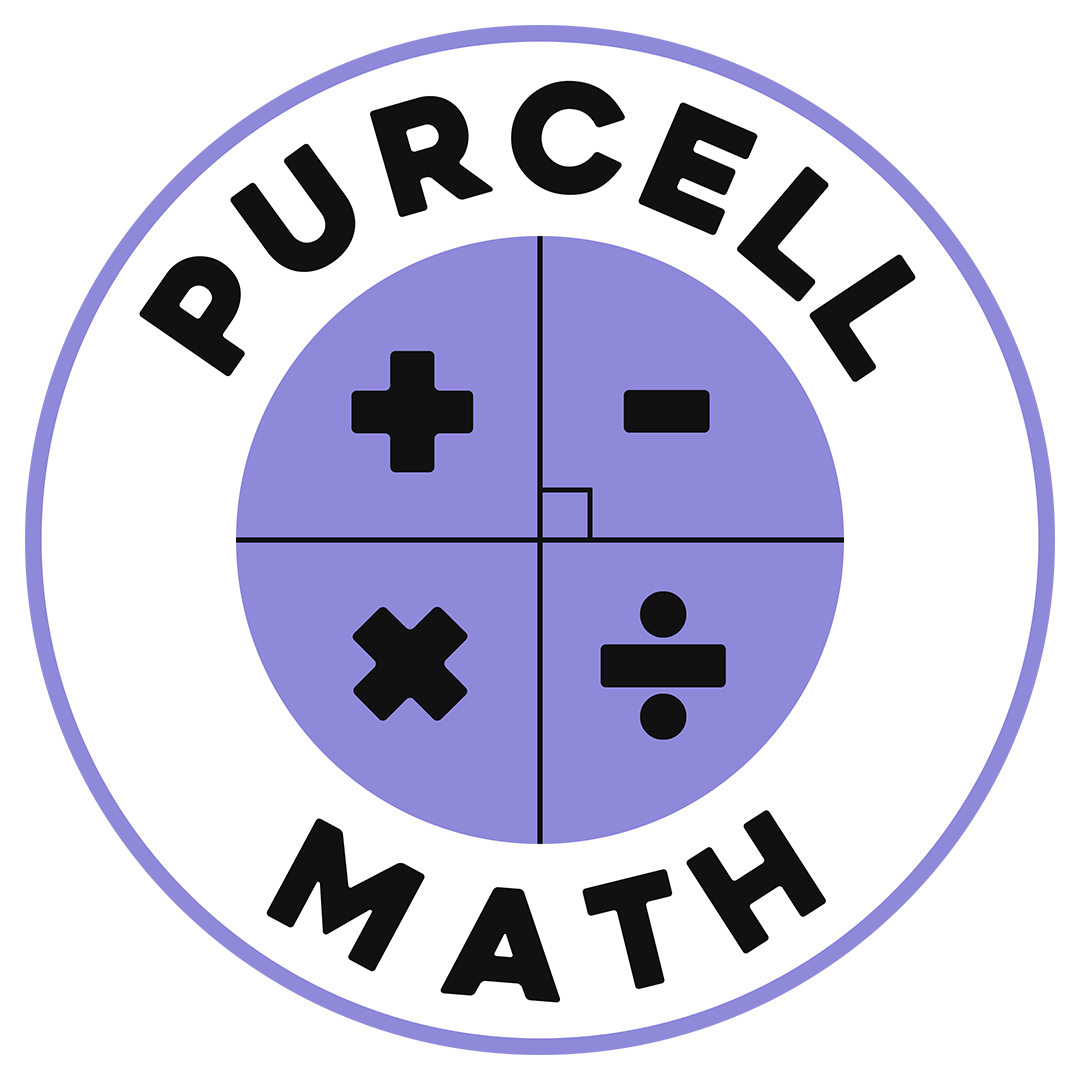Your cart is currently empty!
Linear System of Equations G7
Introduction:
A linear system of equations in x and y has three possible solutions. The two lines can intersect in a point (x,y) or they may be parallel with no intersection point or there may be infinitely many solutions to the system. When there is at least one solution the system is said to be consistent. When there is no solution the system is said to be inconsistent. A dependent system is made up of two lines on top of one another. When two lines are intersecting or parallel the system is called independent. There are three possible methods for solving a system. First one is substitution, second is elimination and third is graphing.
Examples:
Example 1: solve 2x-y equals 3 and x -4y equals-2.
Solution 1: substitution x equals -2plus 4y into 2x-y equals 3 is 2(-2plus 4y) -y equals 3 is 7y equals 7 and y equals 1. Now 2x -1 equals 3. 2x equals 2.
so the final solution is (2,1), as the lines intersect at (2,1). This is a consistent and independent system.
Example 2: solve by elimination: x-y equals 4 and 2x plus y equals 11.
Solution 2: adding the two equations together the y gets eliminated and we have. 3x equals 15. x equals 5 y equals 1.. : soln: x equals 5 and y equals 1.
Example 3: solve x -4y equals 3 and 4x -16 y equals 12.
Solution 3: both equations are the same. There are infinity many solutions. (3,0) is one solution.
Example 4: solve 3x-y equals 5 and y equals 3x – 10.
Solution 4: by substitution 3x -(3x-10) equals 5. -10 never equals 5. Therefore there is no solution. The two lines are parallel.
Conclusion:
When solving a linear system beware of the three cases. Parallel, coincident, or intersection of the lines. Always check your solution by substituting for x and y into both equations.

Contribute to the Formula